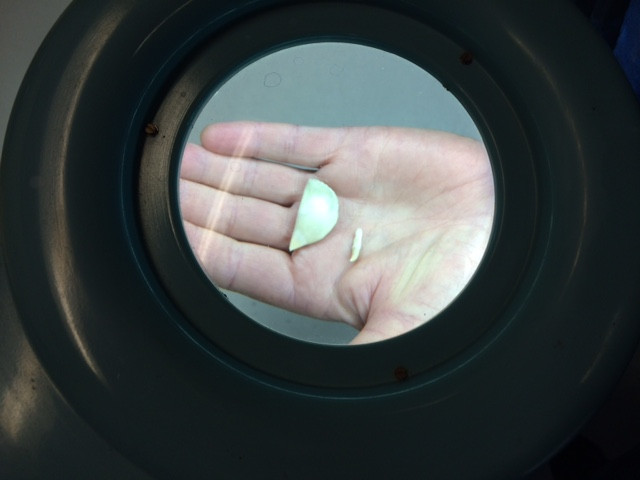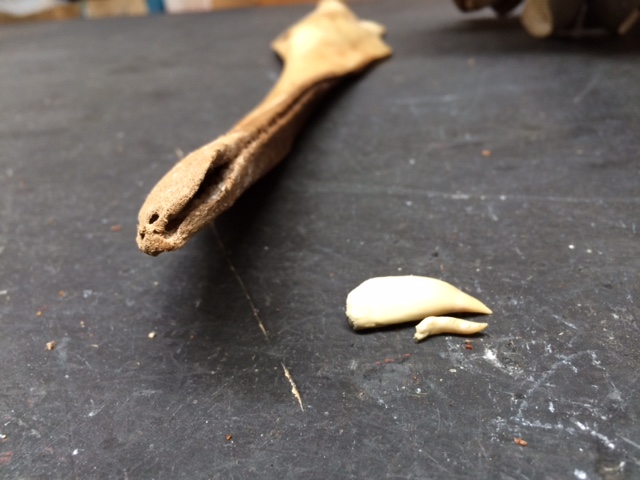Rare beaked whale with 2 extra teeth baffles scientists in Australia

A rare beaked whale with two extra teeth found on a beach in South Australia is baffling scientists across the globe. The young female whale was found on Waitpinga Beach in Victor Harbour. Initially, researchers thought the presence of two additional teeth could mean it represented a new species.
The whale, which had died by the time scientists arrived to examine it, had two small pointed teeth protruding above the jawline – a feature not normally seen in female beaked whales. Catherine Kemper, a senior research scientist with the South Australian Museum, was part of the team that went to examine the carcass.
She told ABC News: "As we were doing the dissection, after we'd done our measurements and photos, we started to look at the jaws because that's one of the distinctive parts of a beaked whale. They were very odd. I didn't know what it was, because these teeth were something I had never seen before. My mind was thinking, 'do we have something new here?'."

Beaked whales live in the deep ocean and as such, are rarely seen alive. Analysis of the carcass at the museum showed it was a Hector's beaked whale, a species only known from a handful of stranded animals.
After removing the small unusual teeth, researchers found a larger tooth underneath – belonging to a Hector's beaked whale. Collections manager David Stemmer said: "It was still exciting, and although we now knew we had a species we know, it's a species we don't get very often and it's only the third specimen we have collected here in South Australia."

Researchers are currently investigating the presence of the two teeth and are collaborating with scientists across the globe, including the Smithsonian in the US, to provide answers. As of yet, none have been able to explain the find.
Contrary to reports, scientists do not necessarily believe it to be an evolutionary throwback, a spokesperson from the South Australian Museum said.


© Copyright IBTimes 2025. All rights reserved.






















